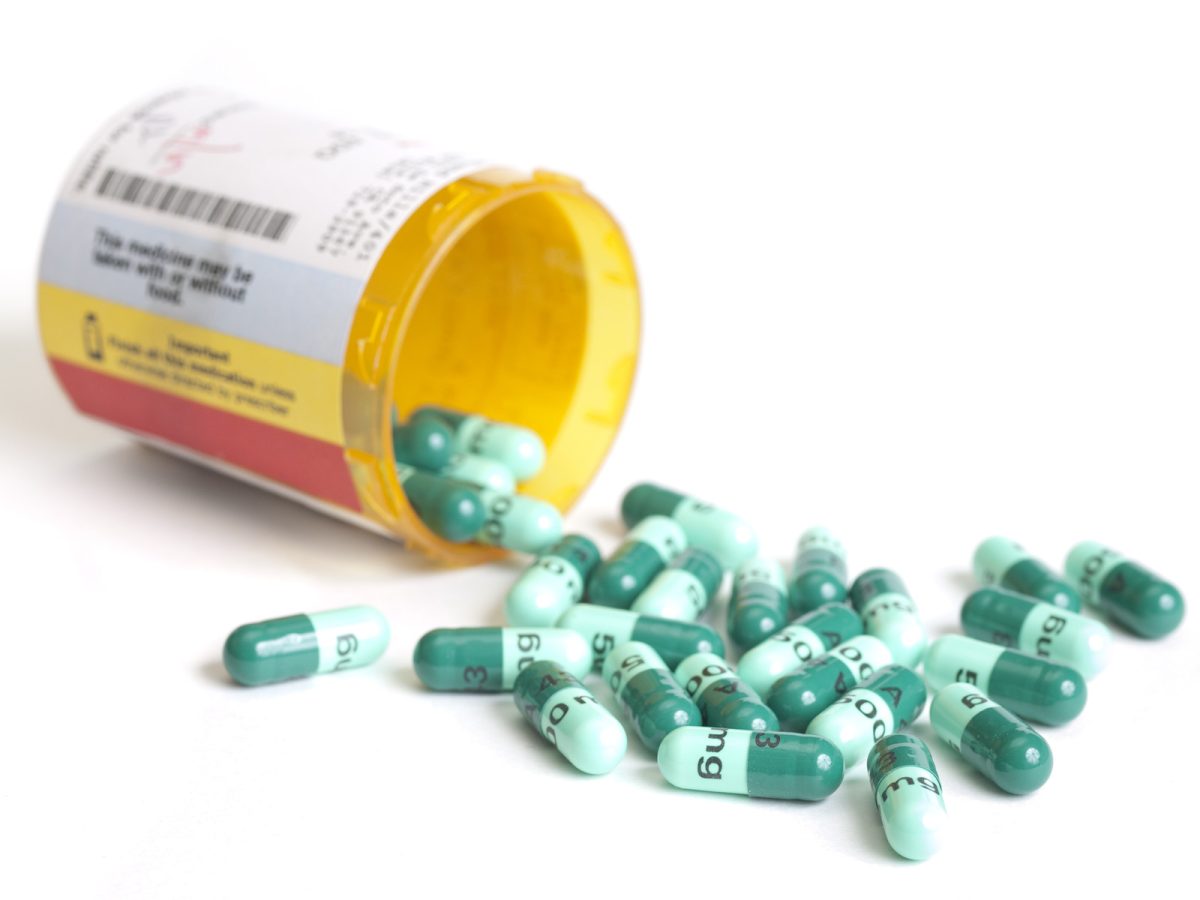Antibiotics have long been hailed as the “miracle drugs” of the 20th century. Their introduction transformed the landscape of modern medicine, turning once-lethal bacterial infections into treatable conditions and making complex surgeries possible. However, the very power of antibiotics is under threat. There is a projection that by 2050, antibiotic-resistant infections could pass cancer in terms of causes of death as it will kill more than 10 million people. But what has led us to this dire prediction?
The problem begins with the very nature of bacteria. When exposed to antibiotics, most bacteria die. Still, some, due to genetic variations or protective mechanisms, survive. Over time, as antibiotics are overused or misused—whether by being prescribed for non-bacterial infections, by patients not completing their courses, or by their rampant use in agriculture—the resistant bacteria thrive and multiply.
These so-called “superbugs” are resistant to multiple antibiotics and can make infections incredibly challenging to treat. Examples like Methicillin-resistant Staphylococcus aureus (MRSA) and extensively drug-resistant tuberculosis (XDR-TB) are already prevalent, leading to prolonged illnesses and, in many cases, increased fatalities.
Several factors are driving this resistance. There is excessive over-prescription, with antibiotics often being given out for viral infections, against which they are often powerless. Additionally, many patients, feeling better mid-course, abandon their antibiotics, unwittingly contributing to the development of resistant strains. This leaves behind the most resilient bacteria, which have a greater chance of surviving and reproducing. These survivors are often the ones with genetic mutations that confer resistance, which can then be shared among other bacteria, a process known as horizontal gene transfer.
Moreover, in the agriculture realm, antibiotics are frequently used not just to fend off infections but also as growth promoters, leading to residues in consumable products. This use of antibiotics in feed contributes to the development of resistant bacterial strains in farm animals, which can then be transmitted to humans through direct contact or by consumption of meat and other animal products. The environmental impact is also concerning as runoff from farms can spread these substances into the wider ecosystem, affecting an even broader range of organisms.
Additionally, the development of new antibiotics is very slow. Pharmaceutical companies, deterred by high research costs and comparatively lower profit margins, are hesitant to invest in new antibiotic research. The financial model for antibiotics is less attractive than that for medications that treat chronic conditions and are taken daily for life, such as drugs for high blood pressure or diabetes.
The consequences of not addressing this issue head-on are alarming. We risk regressing to a pre-antibiotic era, where even a minor infection could be life-threatening. Routine surgeries would become high-risk procedures due to the threat of untreatable post-operative infections. There would also be significant economic repercussions, with surges in healthcare costs due to longer hospital stays and more intensive care requirements. In a globalized world, antibiotic resistance poses a threat to global health security, as resistant strains can easily cross borders.
Combating antibiotic resistance demands a concerted effort. Public and professional awareness needs to be heightened about the judicious use of antibiotics. Hospitals can play a pivotal role through stewardship programs, ensuring that antibiotics are prescribed appropriately. In the agricultural sector, regulations must be enforced to curtail the non-therapeutic use of antibiotics. Most crucially, there’s an urgent need to revitalize research into new antibiotics and alternative treatments.
In essence, the impending threat of antibiotic resistance is a clarion call for action. The specter of a world where antibiotic-resistant infections kill tens of millions and outpace cancer in mortality is a catastrophic prediction we must strive to prevent. Through collective effort and foresight, we can hope to preserve the efficacy of these “miracle drugs” for generations to come.


